Nelson's Staircase
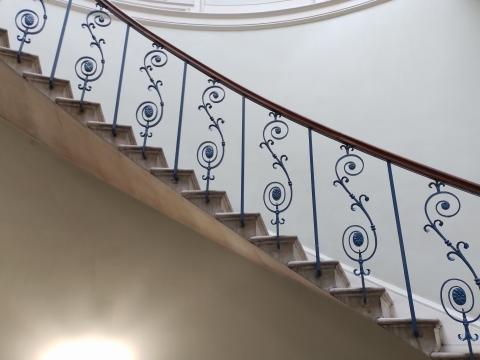
Can one fall in love with a staircase? Owners of domestic stairs, or bungalows, will look askance. Yet at London’s Somerset House, I found a stair about which I was enamoured. Called the Nelson Staircase, because it led to what the room of the Navy Board in 1790, those steps were used by those who managed our maritime defence. Somehow, they are elegant as well as functional, beautiful as well as purposeful. Little wonder that Somerset House advertises them as a potential filming location. The Londonist website describes them as ‘stairways to heaven’, while also noting the sad fact that what we see today is a reconstruction of that which was destroyed by Nazi bombs in the last world war. At the other end of the South Wing is another case, which, though impressive, is rather conventionally attached to the walls.
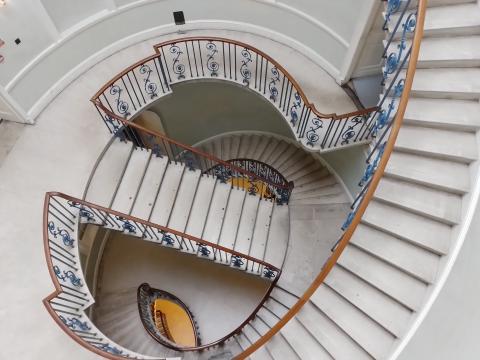
I confess to standing mesmerised for a few minutes; up and down and around they go. These stairs are truly beautiful, and it was a pleasure to climb them.
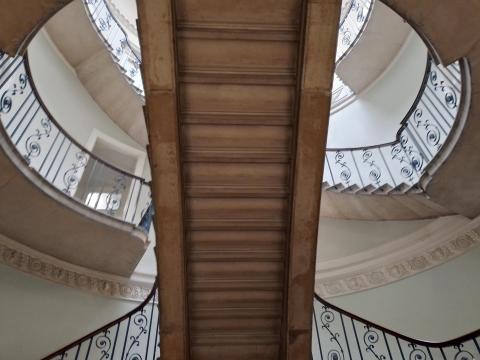
Stairs and steps are not frequent themes in the scriptures. The most famous instance, however, was the patriarch Jacob’s dream in Genesis 28:12:
Then he dreamed, and behold, a ladder was set up on the earth, and its top reached to heaven; and there the angels of God were ascending and descending on it.
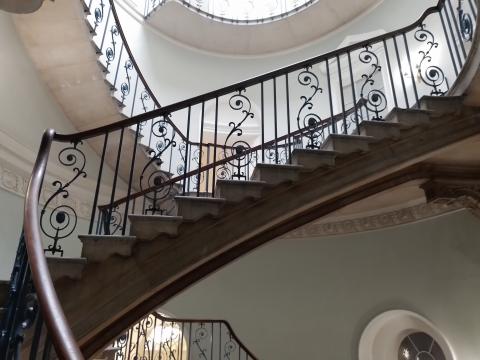
Ladder might be as readily translated stairway, as that is what Jacob beheld. If the angels are actually using these stairs, rather than fluttering around them as some depictions suggest, it must be broader and more substantial than a mere collection of rungs. I suspect that he saw a simpler design than Nelson’s, but no less graceful and beautiful. Such stairs are a picture of the Lord Jesus, the way, the truth and the life, the doorway to heaven. The gospel might be a simpler idea than anything concocted in those Navy Rooms as they pondered the issues of imperial defence, but it leads to somewhere- and someone- very much lovelier, and even fairer than Somerset House:
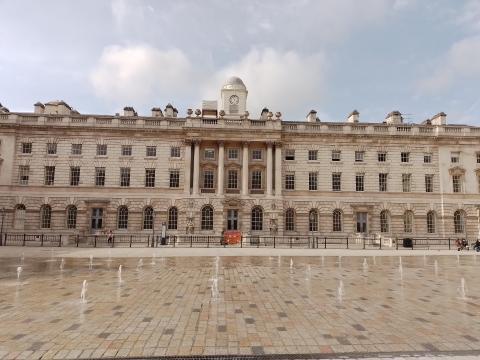
- Log in to post comments


 Sunday Worship 10.45am & 6.00pm
Sunday Worship 10.45am & 6.00pm